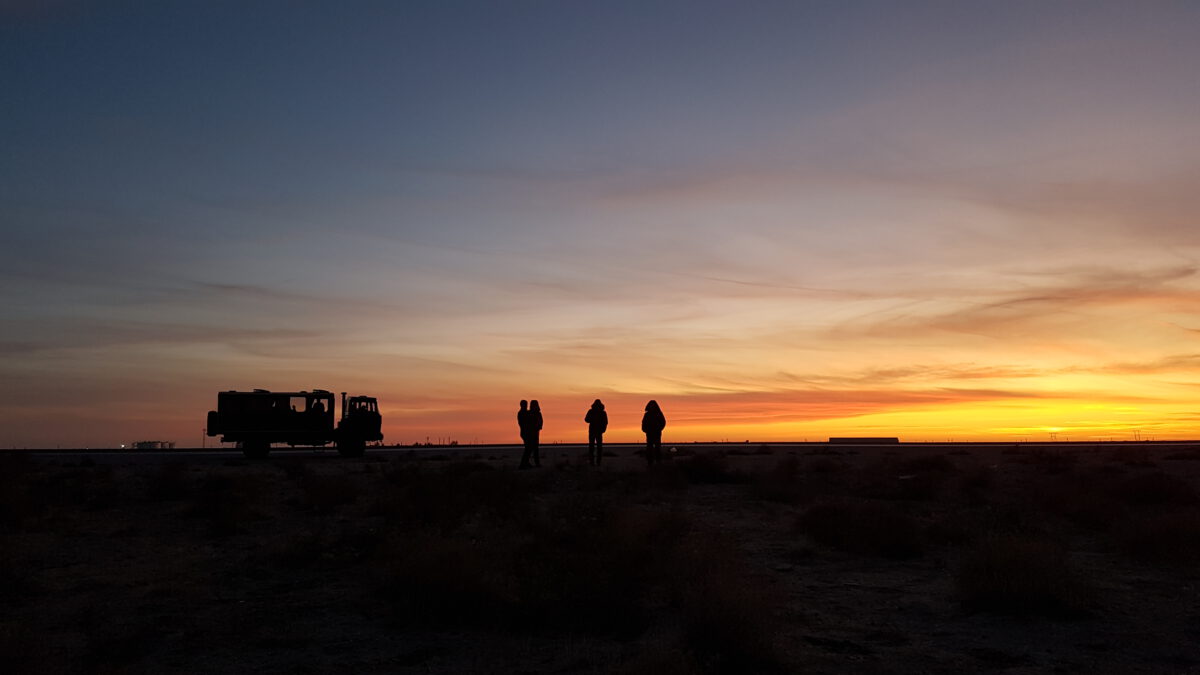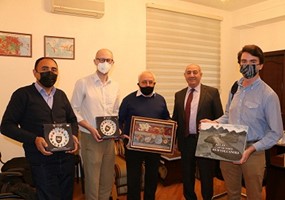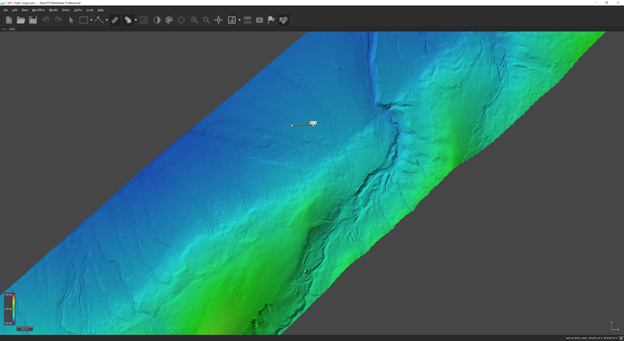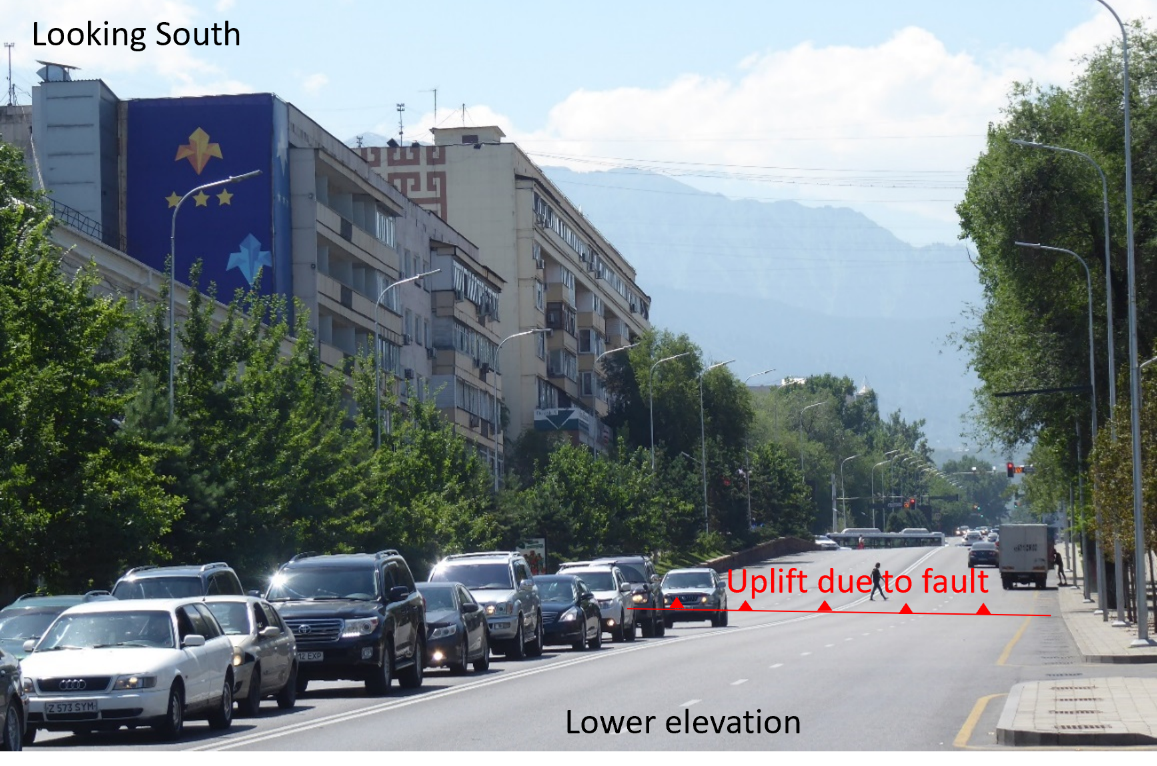The Main Kopetdag fault (MKDF) of Turkmenistan is a key tectonic feature within the active tectonics of the Arabia-Eurasia continental collision and the geodynamics of the South Caspian basin. The fault runs along the edge of the Kopetdag (or Kopeh Dagh) mountains, which form the northern margin of the Arabia-Eurasia collision zone. The tectonics are complicated by proximity to the South Caspian Basin, which is an enigmatic ‘block’, filled with up to 20 km of Cenozoic sediment, and possibly floored by oceanic crust of Mesozoic age. The South Caspian is moving relative to its surroundings, with a roughly northwest motion relative to Eurasia that introduces oblique right-lateral and shortening components across the western Kopetdag. The lateral component decreases eastwards as the influence of the Caspian diminishes, and the Kopetdag instead accommodates Arabia-Eurasia shortening.






